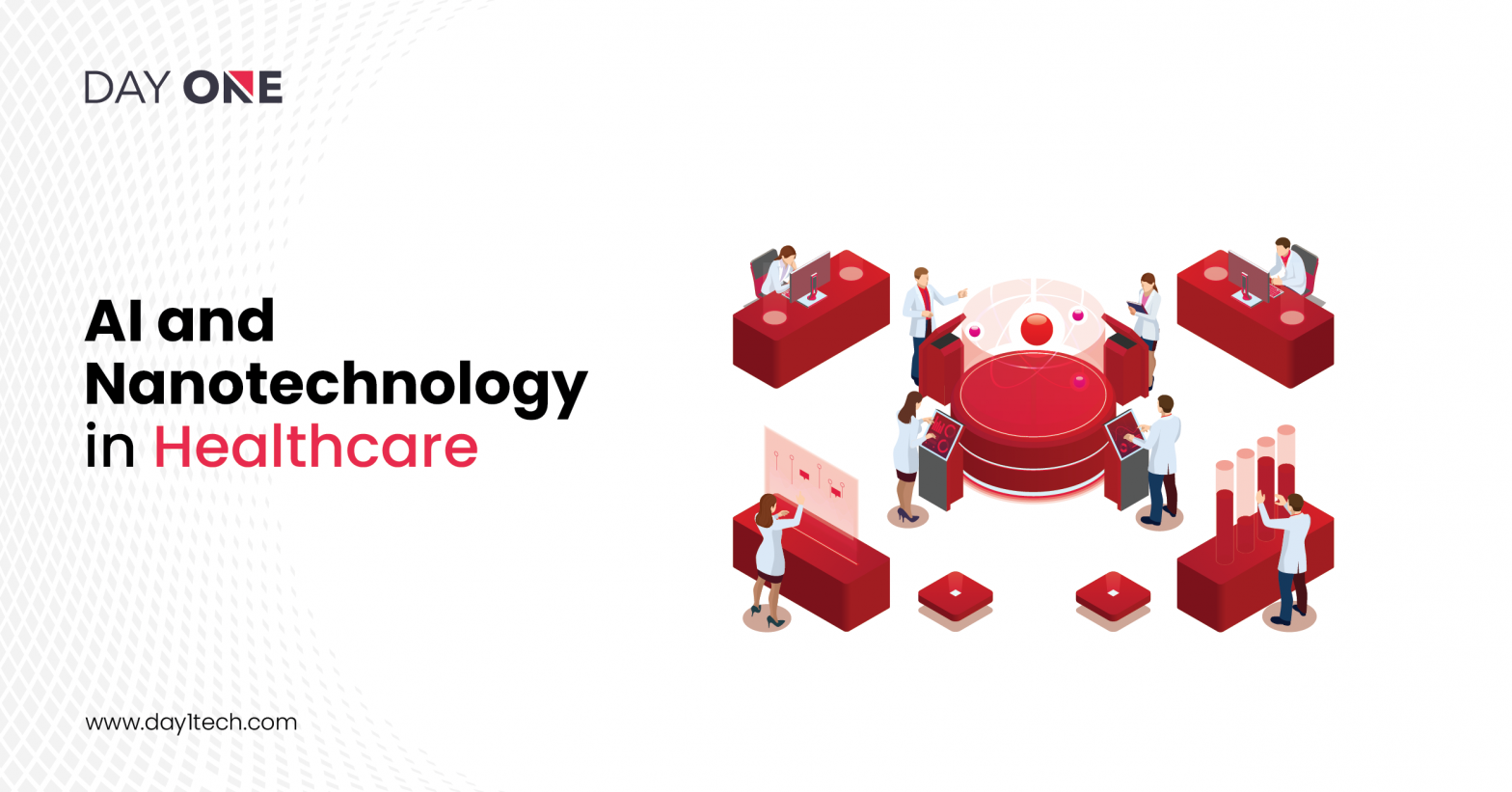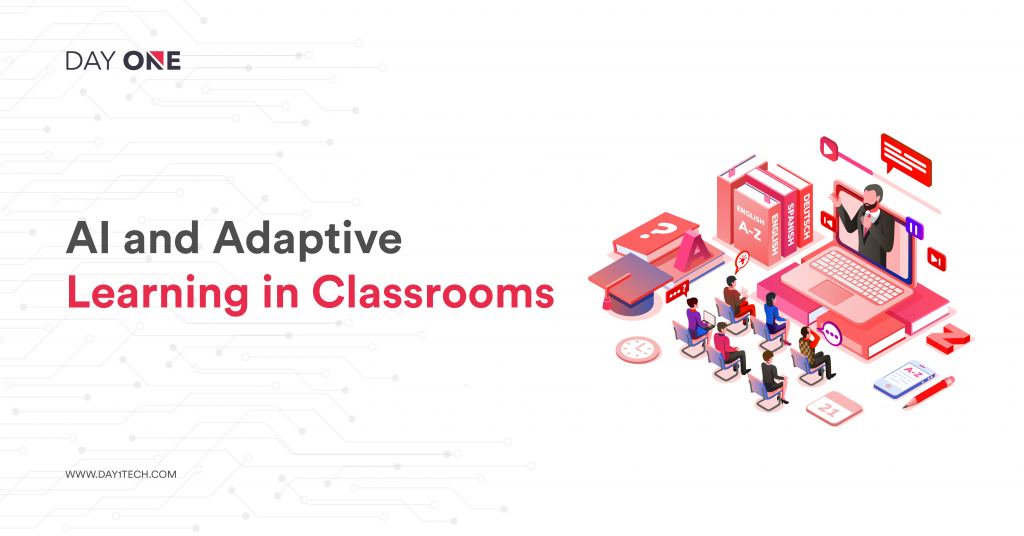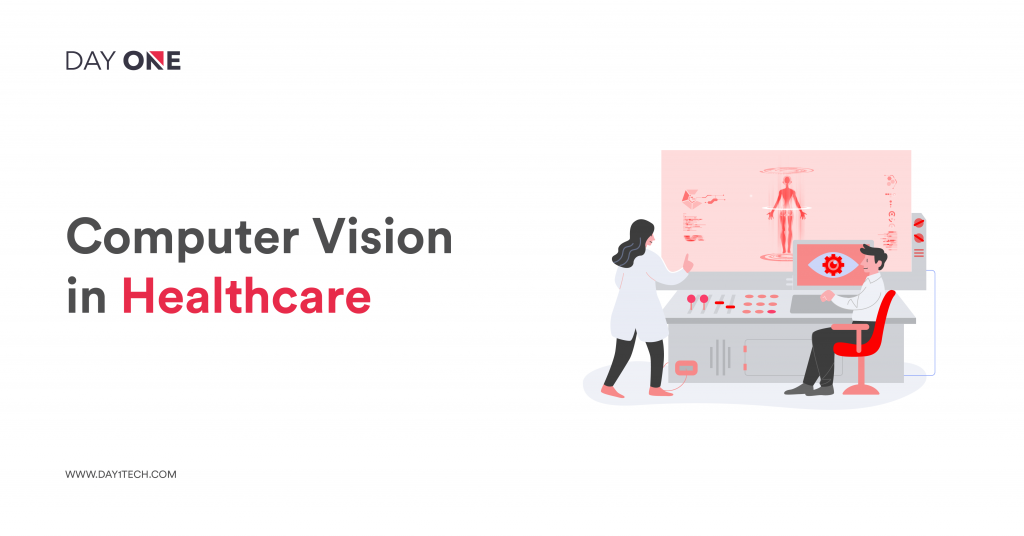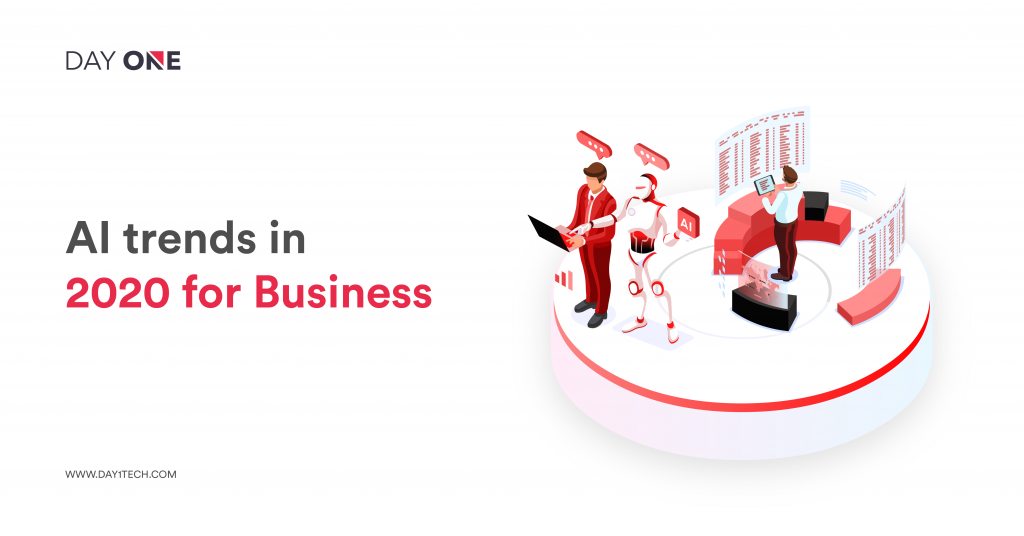AI and Nanotechnology in Healthcare
admin
Artificial Intelligence
July 16, 2021
8 min read

Artificial Intelligence and Nano technology has been in their development for many years now, not just as a field of technology and itself, but in the different industries and spaces where it can now be seen.
Technology that can operate on the nanometre scale usually includes complex systems that are not suited for the multiple facets of AI. Although, there are a few growing areas where AI merges with nanotechnology. In addition to combining these two technologies, linked work in AI and nanotechnology will boost study in an individual discipline, perhaps leading to all sorts of new tools for communication technologies and gaining insights.
Artificial intelligence and nanotechnology are fields that are instrumental in achieving the goal of accurate medicine—tailoring the perfect treatment for each patient particularly cancer patients. The latest conversion within these fields enables better improved design of nanomaterials and patient data acquisition for cancer medicine. Diagnostic nanomaterials have been used to assemble a patient-specific disease outline, which is leveraged to enhance the treatment outcome with a set of healing nanotechnologies. Although, high interpatient and intratumor heterogeneities make the rational design of therapeutic and diagnostic platforms analyze the output extremely challenging. Integrating AI approaches will bridge the gap, using classification algorithms and pattern analysis for improved therapeutic and diagnostic accuracy. Nanomedicine design can also benefit from the application of AI, through the optimization of material properties according to foretold interactions with the cell membranes, target drug, vasculature, biological fluids, and immune system, all affecting therapeutic efficiency.
Scientists have promoted nanotechnology, or extremely small-scale projects, as an assuring method for evaluating patient health, potentially even repairing damaged tissue, fighting cancerous cells or delivering medicine. Still, nanobots have a long way to go from smart pills presently in development.
However, the plan of microscopic robots operating together in small and delicate areas to disrupt conventional surgery have drawn extensive amounts of research. Adding to that, teams working on nanobots could gather, share cellular-level data, change shape, target particular areas for treatment and move independently.
Nanobots in development
Researchers have built cell-sized robots that are able to sense the environment, robotic “particles” that can cluster collectively, and nanobots that magnetic fields can control.
Last year, MIT looked into mass-production of cell-sized robots. And The University of Pennsylvania is working on nanobots that could even eliminate dental plaque.
There are many applications of AI in healthcare. Some techniques are just ideas, and many have already been achieved and implemented. Nanotechnology represents physical manipulation on an atomic level. Nanomaterials usually have interesting characteristics, and they are used for technical purposes.
You will often discover nanotechnology in the connection to electronics. The combination of AI and nanotechnology in healthcare will lead to amazing new and fresh concepts. Nanotechnology guarantees to revolutionize gene therapy, diagnostics, drug delivery, and many different applications.
Turning the electronic health record into a reliable risk predictor
EHRs are the pot of gold of patient data, but analyzing and extracting that wealth of information reliably, precisely, and timely, has been a constant challenge for developers and providers.
Integrity and data quality issues, including a mishmash of data formats, unstructured and structured inputs, and deficient records, have made it extremely difficult to understand precisely how to engage in essential risk clinical decision support, stratification, and predictive analytics.
Nanotechnology in Medicine
A nanometer is one-billionth of a meter (0.000000001 m), which amounts to the width of three to five atoms. Nanoscale arrangements can do things that no technology is able to do.
Gene Therapy and DNA Manipulation
Doctors can not cure genetic disorders. They do not have the tools that operate on specific genes. The diseases, which are a consequence of genetic mutations, would be much easier to get cured. Scientists need to work and examine DNA like it was at the fingertips.
Drug Delivery
Drug delivery to specific areas in the human body is difficult. Furthermore, many drugs break down in the body before reaching the target place. The proposed answer is to build medicine in the body, directly on the indicated spot. It appears futuristic, but researchers have shown that it is possible.
Nanofibers
Nanofibers are delicate fibers with a thickness below 1,000 nm. Those fibers have a unique place in medicine. These are used to treat wounds and artificial implant tissue. It seems like an easy concept, but making custom-sized nanofibers is a difficult task.
Artificial intelligence has got involved in all notable industries in the world. Data science can help in all domains of our lives, and healthcare can not be an exception.
Nanomedicine
Nanomedicine applies nanotechnology in healthcare applications like diagnostics and treatment of many diseases with the use of nanoparticles in medical tools and molecular nanotechnology and nanoelectronic biosensors. Nanomedicine is being used to develop smart pills and for the treatment of cancer.
Smart pills
The term ‘smart pills’ implies nano-level electronic devices designed and shaped like pharmaceutical pills but deliver more exceptional functions like drug delivery, sensing, and imaging. Nanotechnology has helped develop varieties of smart pills, like a capsule with a tiny video camera and dose-tracking pills.
Cancer detection and treatment
A principal problem with regular radiation and chemotherapy is the damage made to the body’s healthy cells throughout the therapy. New nanomedicine strategies are being used to treat skin cancer, which allows efficient delivery of drugs and other treatments to particular tumor sites and target cells having low toxic side effects.
Nanobots
Nanobots are micro-scale robots, which typically serve as miniature surgeons. Surgeons can insert them into the body to replace and repair intracellular structures. They can also be replicated to correct an insufficiency in genetics or remove diseases by removing DNA particles. This property is under development.
Nanobots are being tested to perform eye surgery with a microscopic needle injected into the retina. Surgeons are able to direct the needle with the use of a specialized magnetic field.
Nanobots can also be applied to clear artery blockages through drilling. Scientists have come together to develop nanobots that contain carbon nanotubes filled with a drug that can remove and destroy arterial plaque. This will reduce the chance of heart attacks.
Nanofibers
Nanofibers are used in surgical textiles and wound dressings, also in artificial organ components, tissue engineering, and implants.
Scientists have been working on improving ‘smart bandages’, which can get absorbed into the tissue when kept on the site when the wound recovers. Embedded nanofibres in the smart bandages contain antibiotics, clotting agents, and also sensors to recognize signs of infection.
The Institute of Advanced Study in Science and Technology in India has built a pH-responsive smart bandage that is able to deliver medicine at a pH that is suitable for the injury. It has been done by improving a nanotechnology-based cotton patch that uses widely sustainable and accessible materials such as jute and cotton, making bandages much more affordable.
Nanotech-based wearables
The application of cloth-based nanotechnology in healthcare is a new and popular mode of remote patient monitoring. These wearables have nanosensors installed in the fabric that record medical data like blood pressure, heartbeat, and sweat components. It can help in saving lives by warning the wearer and medical professionals about any adverse changes faced by the body.
The guide of this discovery is Nanowear, a US-based startup. They launched NanoSENSE in 2019, a heart failure alert and management diagnostic validation clinical trial. Under the study, they have developed SimpleSENSE, a monitoring undergarment, and a closed-loop machine learning platform.
The garment uses its patented and proprietary, FDA-approved cloth-based nanosensors to record and capture phonocardiography, cardiac output and stroke volume. It can also contain multi-channel ECG assessing technology that keeps track of posture, heart rate variability, activity, thoracic impedance, respiratory rate.
How Can Applications of AI Enhance Nanotech?
The chapter of nanotechnology is clear, but its execution can be tricky. Firstly, atomic level operation is more challenging than conventional operation. Laws of physics are distinct, and little mistakes will have disastrous consequences. The environment affects the accuracy of the outcomes and offers error rates. Finally, it is crucial to use the correct tools for ideal results in a surrounding like a fragile human body. Of course, this is all about machine learning algorithms.
If you drop accuracy, you have to turn to statistics and approximation. Artificial intelligence models will play a significant part in analyzing clumsy data. An algorithm has to provide the perfect approximation. Data scientists work beside medical scientists to include artificial intelligence in healthcare.
How Can AI Help Healthcare?
Data scientists have been working hard to include artificial intelligence in healthcare.
AI and Microscopy
The greatest issue with atomic force microscopy is that the end signals are not of high quality. As a result, atom interactions that these microscopes analyze are unpredictable and complex. Analyzing sample interactions and resulting signals are intended for machine learning algorithms.
The data scientist strategy looks to address those problems. It is known as functional recognition scanning probe microscopy or FR-SPM. This is an excellent example of computer vision applications in healthcare. Artificial neural networks can analyze the behavior and performance of imaged material to clarify data. AFM can work best when those tip-to-sample interactions are easy. In medicinal imaging, this is never simple, but ANNs work to make the data intelligible and take different variables into consideration.
Applications of Artificial Intelligence are everywhere, and it will be hard to imagine a world without it and deep learning in healthcare after a couple of years. Deep learning in healthcare will require lots of data scientists, and that is for sure.
AI and Chemical Modelling
When coming towards the nanoscale, many apparently simple problems show the complexities. Modeling molecules and atoms is challenging on the nanoscale. Making a detailed model of a chemical system is a complex job, also for artificial intelligence in healthcare.
Data science methods may cut error rates to a satisfactory margin. Machine learning algorithms are used to determine the architectural qualities of nanoelements. The elements are used in important applications, and all calculations should be the exact. Conventional measurements are not sufficient, and scientists frequently turn to machine learning.
Nanocomputing in Medicine
Nanoscale robotics and mechatronics are interesting fields. Nano-sized robots are fit for other scenarios. Nanobots are now around 0.1 – 10 micrometers in their diameter. Therefore, they are not precisely nano-scaled. But, medicine is the most important target industry.
In cancer treatments, nanobots can be used to perform chemotherapy precisely on the cancer cells. Nanobots will navigate precisely to specific cells as well as deliver medicine. Those deliveries could reduce the negative effect of chemotherapy on strong cells. This will improve patients’ well-being during and also after the therapy. Data scientists must make computer vision algorithms and utilize deep learning to obtain the correctness of the nanorobots.
Future Outlook of Nanotech and AI in Healthcare
The incorporation of AI and nanotechnology in healthcare sounds great in practice, but multiple aspects are just theoretical. The discipline is usually referred to as nanomedicine. We have already mentioned how nanobots are a thing of the future, particularly for important applications like medicine.
The future seems bright, but it does not mean that there will be zero problems with implementing the technologies. Research in nanotechnology should prove that there would not be any negative implications on the patient’s well-being. Many elements and materials that are in use for nanotech, such as lead, arsenic, and cadmium, are dangerous to humans.
Personalized Medicine
During their study, doctors study the human body based on the books. In fact, every patient is different. Nanotech has offered a personalized experience to people. Doctors have a new set of tools, whether it is organ transplant, locating a tumor, or drug delivery. The tools will hold hands, eyes, and, with the aid of machine learning, a brain too! AI in healthcare will be providing personalized care after the operation also. The well-being of patients is tracked, and can be used to enhance the process for patients.
Nanotechnology could lead to reforms in healthcare that are unimaginable. Remote surgeries, drug delivery, and microscopy. But, nanotech could probably never be as important if it was not powered by data science.
Nanotechnology works on an atomic level. The physics’s laws are complex, and data that requires to be analyzed is often incomplete and noisy. For instance, atomic force microscopy provides an unusable image. Later, data scientists refine it through computer vision techniques.
Nanobots sound much more exciting. These have been equipped with nanosensors and are powered by artificial intelligence. The tiny machines tackle tumors without affecting the patient and deliver drugs. Surgeons are precise and skilled, but they can not get to the atomic scale. In the coming days, we might change genes and also prevent genetic diseases.
Presently, AI and nanotechnology in healthcare has a lot of hurdles to go through. Further research is required on the long-term impact of nanotechnology and the environmental associations. Clearer guidelines have to be set by the authorities concerning potential health risks and nanotech-based devices. Nanotech-based devices are often highly charged, which hinders mass manufacturing. Affordable production alternatives for the devices will help in making the technology mainstream.
However, there is a growing sense of certainty that nanotechnology and AI, when applied to healthcare, will bring about vital advances in the prevention, diagnosis, and treatment of diseases. There is growing concern among innovators in the future applications of AI and nanotechnology in healthcare and how it will guide the industry into a new age of development.
Explore More Blogs
Testimonials What customers have to talk about us
Finch (previously Trio) – Growth with Investing, with benefits of Checking
Reading Time: < 1 minThe Finch (previously Trio), one of our clients today has reached this level with our expertise and with a great team of developers in Day One, who have made every stone unturned in making this project a big success.
Neel Ganu Founder
USA
Vere360 – VR based Immersive Learning
Reading Time: < 1 minDay One helped Vere360 “fill skill gaps” and build a platform that would cater to their niche and diverse audience while seamlessly integrate the best of #AI and #VR technology.
Ms. Adila Sayyed Co-Founder
Singapore
1TAM – Video Blogging Reimagined
Reading Time: < 1 min‘1TAM’ was only for iOS with gesture-based controls, advanced video compression techniques, and a simple architecture that allowed actions to be completed in 2-3 taps. The real challenge for ‘1TAM’ was to keep it distinct which bought brilliant results with all the strategies and approaches implied for best video compression techniques.
Anwar Nusseibeh Founder
UAE
Fit For Work – The Science of Workplace Ergonomics
Reading Time: < 1 minDay One Technologies came with the expertise that was required and helped in building a platform that is edgy, functional, and smart, delivering engagement and conversions at every step.
Ms. Georgina Hannigan Founder
Singapore
SOS Method Meditation for ‘Busy Minds’
Reading Time: < 1 minDay One Technologies helped in building an innovative mobile app (for #iOS and #Android) that’s easy-to-use, engaging, and data-driven to help users reap the most at every point.






